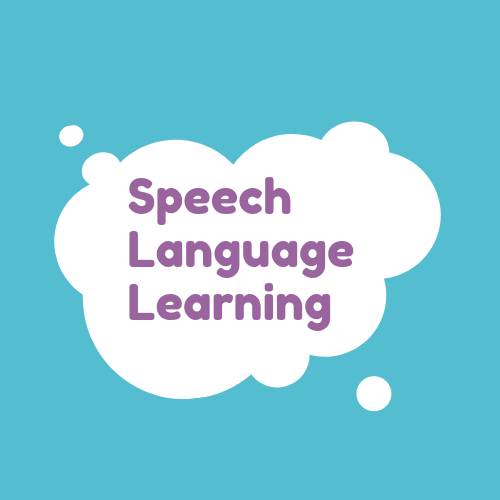Exploring Augmentative and Alternative Communication Methods for Non-Verbal Individuals: The Role of Speech Therapy
Communication is a fundamental aspect of human interaction, enabling us to express our thoughts, emotions, and needs. However, not everyone has the ability to speak fluently or at all. For non-verbal individuals, augmentative and alternative communication (AAC) methods play a crucial role in facilitating effective communication. Speech therapy plays a significant role in exploring and implementing such methods, allowing non-verbal individuals to express themselves and interact with others.
AAC refers to a range of techniques and tools used to supplement or replace speech for individuals with communication difficulties. These methods aim to enhance communication by compensating for or supplementing verbal speech. Speech therapy is an essential component in this process, as it assists in the evaluation, selection, and implementation of AAC methods tailored to each individual’s unique needs.
The field of AAC offers numerous options to effectively support non-verbal individuals. One commonly used tool is the use of visual symbols, such as speech boards or picture communication systems. These visual aids provide a representation of objects, actions, and concepts, helping individuals express their thoughts or desires. Through speech therapy, non-verbal individuals can learn how to use these symbols to communicate effectively, making their needs and emotions understood by others.
Another notable AAC method is the use of technology, such as computer-based systems or dedicated communication devices. These advancements enable non-verbal individuals to generate speech or select pre-recorded phrases via touch screens, switches, or eye-tracking systems. Speech therapists play a crucial role in training individuals to use and adapt to these devices, ensuring that they can communicate with others effortlessly.
Sign language is another valuable AAC method that speech therapists can introduce to non-verbal individuals. Sign language utilizes hand gestures, facial expressions, and body movements to convey meaning. Speech therapists with expertise in sign language can guide individuals on this alternative communication system, enabling them to interact with the Deaf community or others familiar with sign language.
In the realm of AAC, it is crucial to acknowledge that each individual has unique communication needs. Speech therapists conduct comprehensive assessments to determine the most suitable AAC methods for each individual. These assessments consider factors such as cognitive abilities, motor skills, and personal preferences. By tailoring AAC methods to each person’s needs, speech therapists ensure the most effective means of communication for non-verbal individuals.
Speech therapy plays an indispensable role in exploring augmentative and alternative communication methods for non-verbal individuals. Through their expertise, speech therapists empower non-verbal individuals to find their voice, facilitating effective communication and improving their overall quality of life. By embracing and implementing AAC approaches, we create an inclusive society where everyone’s communication needs are met, regardless of their ability to speak verbally.
************
Want to get more details?
Speech Language Learning, PLLC
https://www.speechlanguagelearning.net/
(802) 551-1230
1103 Cortelyou Road, Brooklyn, NY 11218













